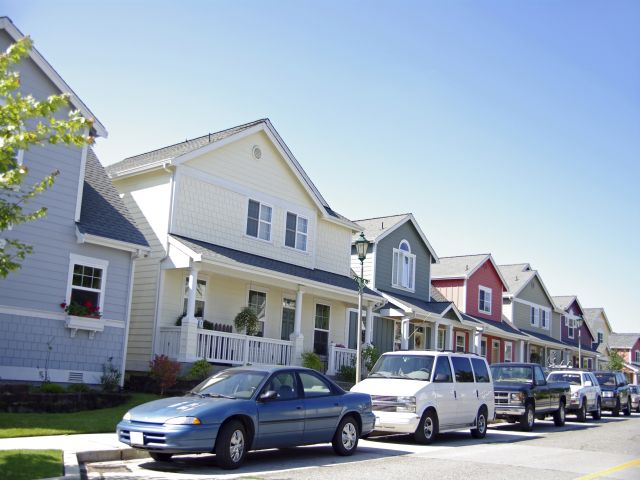Australia is entering an era of high-rise apartment buildings as unit prices are expected to fall in most Australian cities, even as house prices are tipped to rise in the country's major cities over the next three years.
QBE Insurance's
Housing Outlook 2017-2020 predicted massive surges in house prices in some Australian cities over the next three years, including Canberra, which could see rises of more than 16%; Melbourne, 10.2%; Brisbane, 7.1%, and Hobart, 10.8%. This trend in the projections is bucked by two cities: Sydney, with the Harbour City's house prices expected to fall by roughly 0.2%, and Darwin, which is expected to see a drop of 1%.
Search and compare product listings for Home Insurance from specialty market providers here
Apartments, meanwhile, will likely see a decrease in unit prices – 7% for Brisbane, 5% for Melbourne, and 4% for Sydney. QBE said the weakening demand for units is largely due to tighter investor-lending standards impacting investors.
“If you’re a young person wanting an acre of land and a swimming pool, this is not good news,” Phil White, QBE lenders’ mortgage insurance CEO, told news.com.au. “But if you’re a first-time buyer looking to get your first foot in the market, this is very promising because unit prices look like they could drop in Sydney, Melbourne, and Brisbane.”
White expects that the softening in unit prices will increasingly influence the country's property market over the coming decades.
“With so many Australians priced out of the housing market, the Australian dream of owning property is increasingly turning to high- and medium-density apartments,” White said. “Units contribute to a greater share of the market as changing lifestyles and affordability dictate property choices. Encouragingly, that dream should become a reality for more Australians, with improving affordability overall.”
Units now account for 46% of all residential construction across the country, including Sydney and Melbourne, which are being redesigned to accommodate thousands of high-rises and hundreds of thousands of units. This level of construction, White said, is needed to house the projected 6.5-million addition to the country's population over the next 15 years.
“We need to be building around 190,000 homes a year to keep up,” White said. “Last year, Australia built around 215,000. That’s a good year, but we have to keep it up. The forecast population growth raises questions about whether our property market will have us on track to meet short, medium and long-term population challenges. Careful planning for housing stock and infrastructure is imperative.”
The QBE report also forecasted that Sydney, Melbourne, Adelaide, Perth, and Darwin will be less affordable in the next three years.
“Recent low affordability in Sydney and Melbourne should stop purchasers from taking larger mortgages and bidding up prices even more,” White said. “With more lending restrictions impacting investors, it could be good news for owner-occupiers, as they should find less competition from investors.”
According to QBE, first-homebuyer loans declined by less than 1% in 2016/17. There are emerging overall signs of strengthening demand for first-home buyers, however, as the first three months to July 2017 saw 13% more loans approved to first home buyers compared to the prior year, the report said.
Related stories:
How brokers can get ahead in three-tiered construction insurance market
JLT head on the key to cracking construction insurance market


